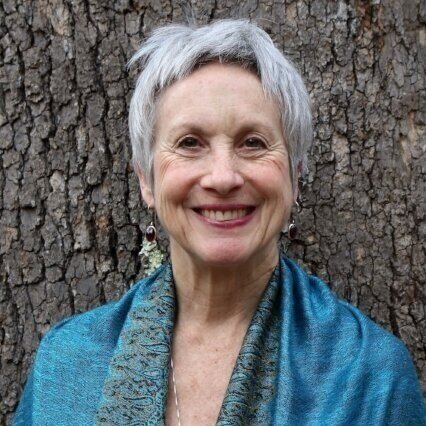By the Enneagram School of Awakening Founder, Lissa Friedman, PhD
When I first created the embodiment tradition, I had been a psychotherapist for about 20 years. Whenever I had a client with whom I had trouble empathizing, I would pretend to be them and try to imagine I was going through what they were going through. Then I would imitate how they moved in their body and how they sounded when they spoke as a way to learn how it was for them. At that point, I would explore what to do to loosen or free myself from whatever discomfort I felt that they were feeling. (Of course I would do this when I was alone in my office.)
So when I began trying to understand the nine types and their subtypes, I did the same thing. I walked around my office, letting my body move like each type would, and telling their stories the way they would. I noticed that my external expression connected to an internal experience – it created an inner environment that had emotion and sensation. Each pattern seemed to have a distinct energetic fingerprint that changed subtly with the various subtype stackings and the wings.
This was the beginning of the embodiment method and tradition.
I began teaching the Enneagram around 2000. At first I taught by reading from other people’s books and playing cassette tapes compiled by Eli Jaxon-Bear. During that time Mary Bast (Out of the Box Coaching), Karin Kratina, and I met on Sundays to hash out the energetics of each pattern. Soon I began to share what I was learning from the embodiment tradition.
My daughter Tammy Hendrix, who is now also a psychotherapist, was in the first teaching and in most of the teachings after that, and in 2013 she and I began to teach together. Through our work teaching the Enneagram and practicing psychotherapy with many people, we have created in-depth descriptions of the energetic fingerprint for each Enneatype. Another main contributor to this system is Aric Rohner, with whom I am co-authoring a book. It’s a work in progress, but now I’m ready to share what we have found so far.
There are 3 main categories of energies to feel into:
The energetics of the three centers: head, heart, and gut.
The energetics of the subtypes: self preservation, social, and intimate, as well as the subtle differences depending on how those subtypes stack.
The third area is what people are most familiar with – the energetics of the nine types.

